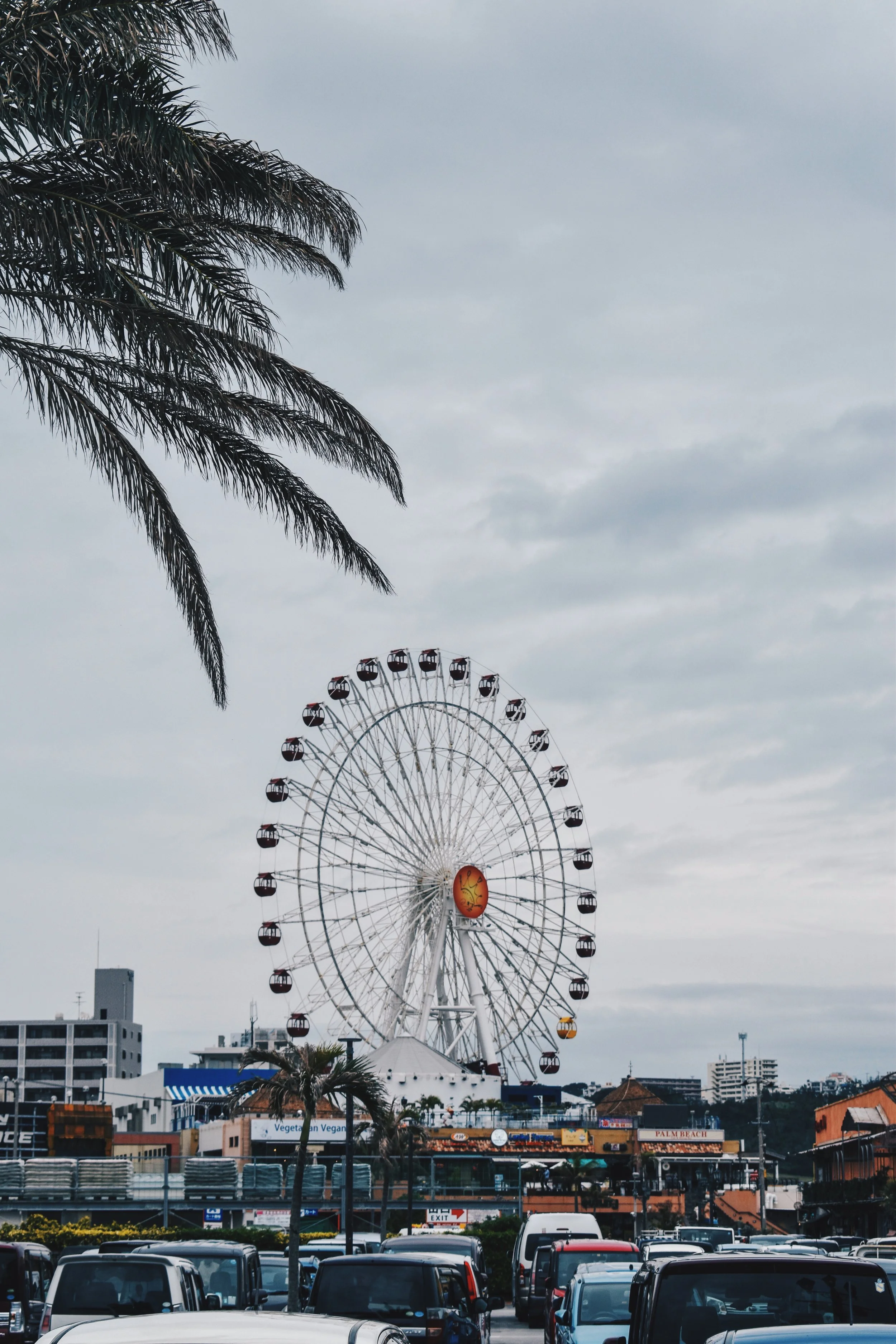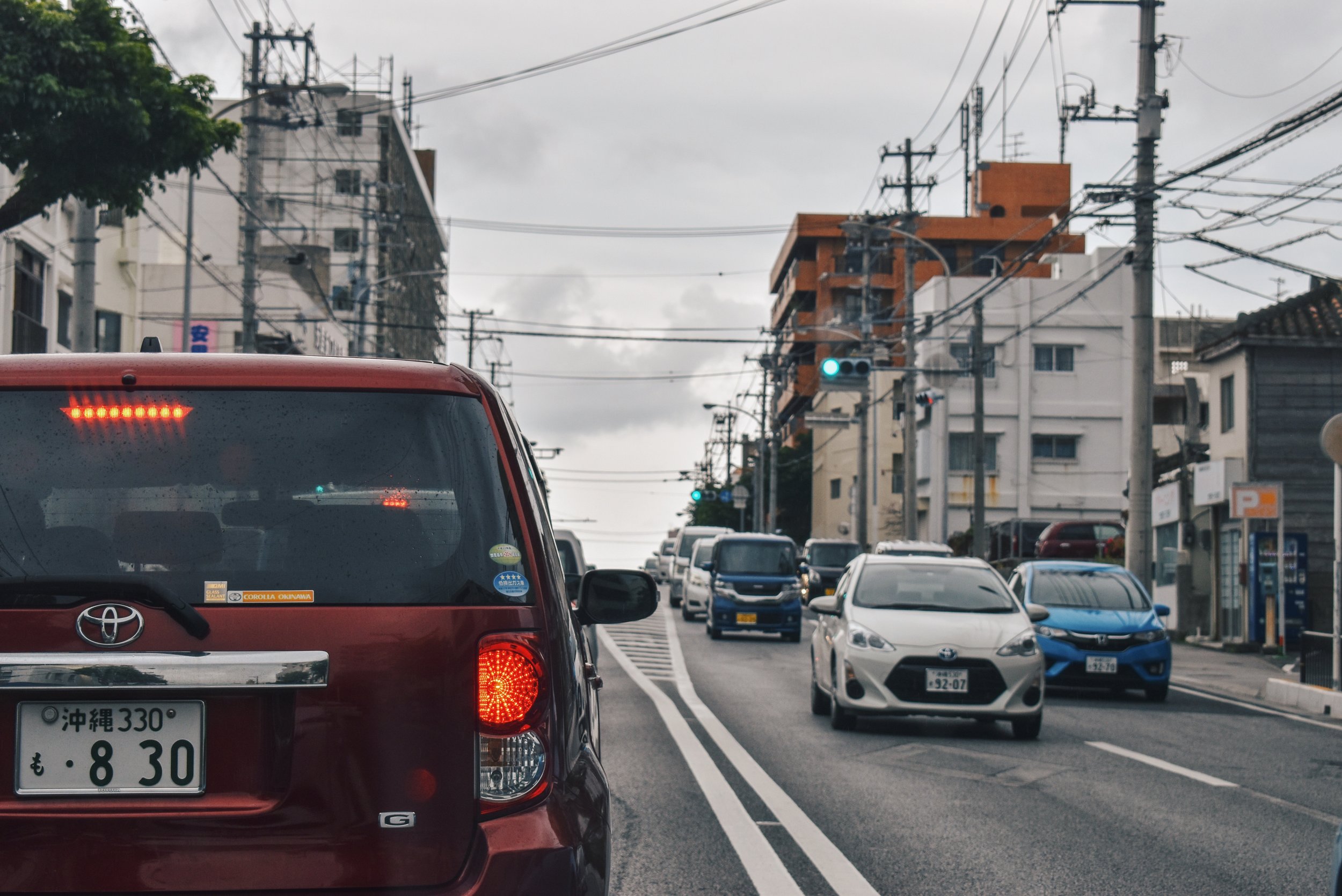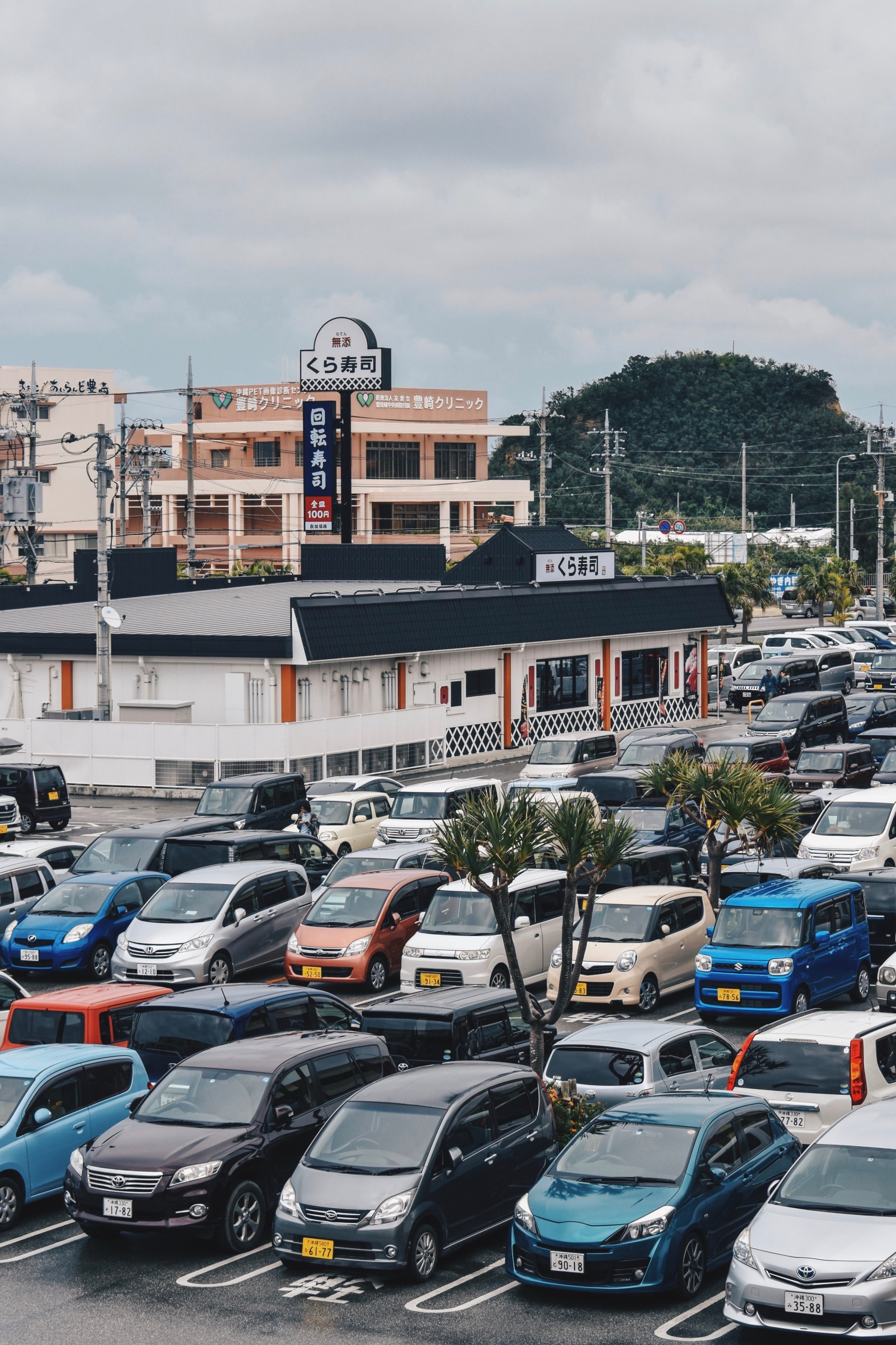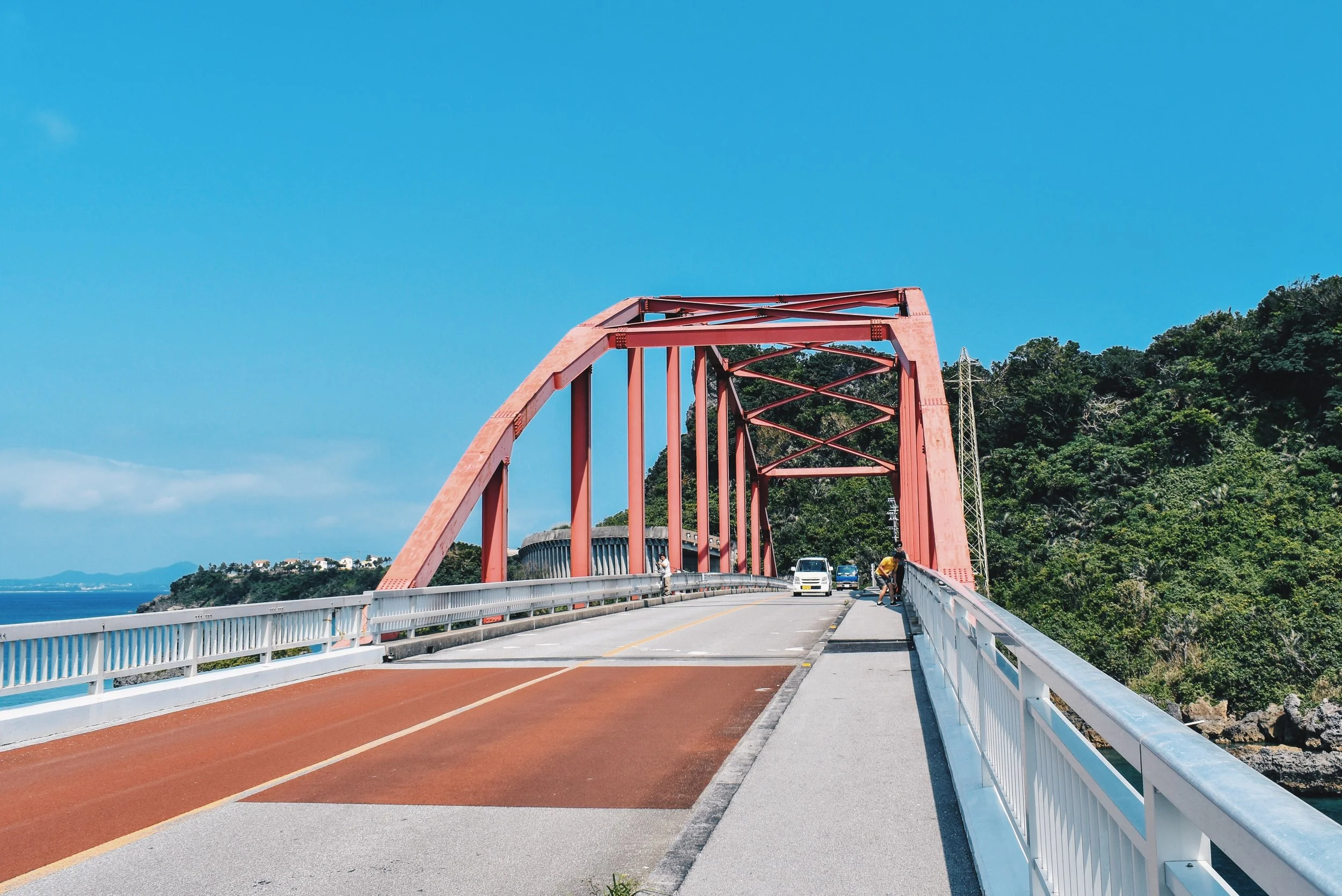What It Was Like Driving in Okinawa: A Guide to Tolls, Parking, Rules & Habits
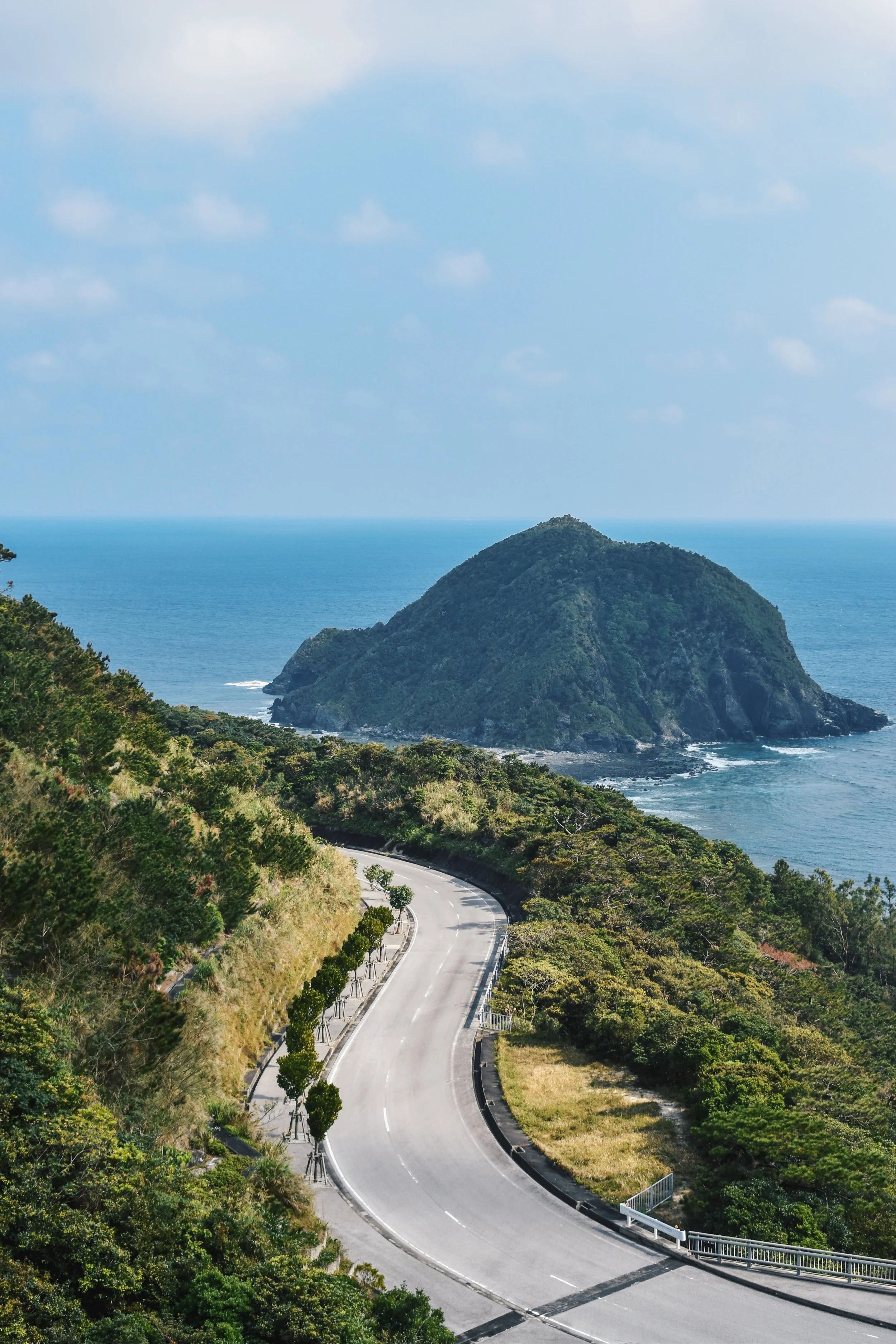
Okinawa is the Hawaii of Japan, offering some incredible natural views and sights unique to the island chain, and is an incredibly popular destination for many mainland Japanese themselves.
Getting around though, is a question many have. Even on the main island, public transportation isn’t the best, and many of the island’s attractions are rather spread out.
Unfortunately, JR rail passes, which are a popular option for travellers to Japan, aren’t available in Okinawa.
However, if you’re visiting mainland Japan before or after your Okinawa trip, you can purchase your rail passes here!
Should you need a visa to enter Japan though, iVisa is a service designed to make things easier for travellers!
Read: Essential Information to Know Before Visiting Okinawa
Read: A Complete Self-Drive Week-Long Itinerary to Okinawa & The Best Places to Eat
Read: The Best Restaurants in Okinawa— Naha and Beyond
Read: What to See & Do in Okinawa’s Charming Capital City of Naha
Read: A Day Trip to Tokashiki Island— Practical Information & What to See & Do
To Drive or Not to Drive?
If you’re only going to be in Naha for a couple of days, it’s not absolutely necessary to drive.
The city has a monorail that connects you to most of the attractions, such as the Shuri Castle. Rail passes also include discounts to some attractions and is good value for money.
Beyond that, Naha isn’t an entirely big city, and therefore getting by on foot is also possible.
The downtown core is surrounded by the palm-tree lined boulevard of Kokusai-Dori, and you can walk easily from there to most other places downtown.
Read: What to See & Do in Okinawa’s Charming Capital City of Naha
If you’re heading to the Kerama Islands to snorkel, dive, or enjoy some of the fantastic beaches, you’ll have to take a taxi from the city centre to Naha’s Tomari Port.
Read: A Day Trip to Tokashiki Island— Practical Information & What to See & Do
If you’re heading to Churaumi Aquarium or Okinawa World in the north and south of the main island respectively, Okinawa’s public buses in Naha will connect you to those places.
However, if you want to see a lot more and on your own timetable, including some of the beautiful coastline views at the various capes all around the island, waterfalls, other villages and cities etc., it would make sense to rent a car. Bear in mind that if you’re taking a bus, your travelling times could be halved or even more if you’re driving around on your own.
Read: A Complete Self-Drive Week-Long Itinerary to Okinawa & The Best Places to Eat
Driving and Parking in Naha
If you’re driving, parking is mostly free at most places in Okinawa.
However, in the capital city, expect to pay for parking everywhere you go.
There are some that are monitored by barriers, with the rest by a clamp or lock on each parking lot that rises up to your car’s undercarriage and side bumpers after you’ve parked for a minute or two. Therefore, if you’d like to make adjustments to the position of your car in the lot, don’t take forever as the barrier will rise up and you’ll have to make payment to have it released. When leaving, you have to head to the payment machine and enter the number of the lot your car is in, pay the parking fee and the barrier will lower back down for you to drive off safely.
The second type is a regular barrier entry to a parking lot.
The last occurs more so in tall, windowless buildings which are roulette car parks where space is scarce in the city. Usually, you’ll require assistance from a parking attendant or simply make payment to retrieve your car.
Parking fees in Naha vary quite a bit.
It wasn’t entirely uncommon for me to park at a lot that was relatively expensive for me to walk 5 minutes away and see a car park that was several hundred yen cheaper.
Prices will be listed on signboards where it is easy to see, and the more expensive lots will usually charge a maximum of ¥1000 - ¥1500 (approx. S$12 - S$18 / US$9 - US$13.50 / €8 - €12) for 24 hours, or charge ¥600 (approx. S$7.30 / US$5.40 / €4.80) for every 25 minute interval.
Good value parking lots still near the bustle of the city centre charge a maximum of ¥600 for 24 hours, so simply keep driving and looking around in the streets off Kokusai-Dori. The further you are from the city centre, the cheaper parking is, naturally.
Which Car Rental Company to Choose in Okinawa?
By and far away one of the most popular companies to choose from is OTS Car Rental, and I had a pretty good experience with them.
You can reserve your car online in advance and there are usually quite a decent number of promotions going on which you can regularly check on here.
When you clear customs at Naha Airport, look out for the staff member carrying an OTS Car Rental clipboard where you’ll verify your name and reservation, and there’ll be a shuttle bus that will take you to their main branch in Toyosaki in 20 minutes where you’ll settle all the paperwork as well as collect your car.
There are several insurance plans to choose from, though I usually opt for the most coverage.
On the flight back to Singapore departing at 9am from Naha International Airport, we were told we had to return the car outside of regular office hours and thus had to pay an extra ¥1080 (approx. S$13) for this arrangement to catch the shuttle bus that was leaving at 6:30am, though we only really left at 6:45am.
Documents You’ll Need to Drive in Okinawa
In all of Japan, you’ll need an International Driving Permit (IDP) from your local automobile and driving association to certify that you’re allowed to drive in Japan, as well as your local driving license and passport.
Tolls in Okinawa
This is going to be one of the most costly things you’ll spend on driving up and down the island.
You have to pay to use the Okinawa Expressway that connects the different cities and villages on the island, and from where we were based in the centre of the island in Yomitan Village, we had to pay about ¥500 - ¥600 to travel south to Naha or north to Nago. This means that on average, we spent about ¥1000 (approx. S$12 / US$9 / €8) on tolls everyday.
There are two different lanes for tolls, and if you have the ETC card, you can use the purple lanes, otherwise you’ll always use the green General lanes where you’ll manually take a ticket that tracks where you entered the expressway, and make payment to toll attendants in person when you exit the expressway.
You’ll only have the ETC card with contactless payment if you rent a car with the ETC function at your car rental agency, where you’ll pay for whatever amount you put in the card. I didn’t think this was all that necessary though.
Driving Rules and Habits in Okinawa
Traffic in general is relatively smooth, but naturally more packed in the densely populated cities of Naha and Chatan (where the American Village is located). Getting into and out of Naha during rush hour will add at least 20 minutes to your commute, which is important to note if you’re not staying in Naha and need to get to Naha to catch a morning ferry to other islands, or if you need to head to the airport.
On the highway, it is common courtesy to keep left, and use the right lane only for overtaking. Speed limits are capped at 80km/h on the highway.
Most drivers are courteous in my opinion (but then again, I grew up driving in the city of Singapore), but the only trouble was driving outside of cities into more rural cities and villages, where it is common for many elderly farmers to use the roads and we almost had an accident with an old man who wasn’t looking where he was cycling, so exercise caution there.
Also bear in mind that there are quite a lot of blind spots due to the fact many roads run in a grid-like formation. Many streets, especially coming out of houses, alleys, farms etc., can be obscured by walls or foliage, and are not controlled by traffic lights. Therefore if you’re driving down a road that can be joined at a 90 degree angle, it’s possible there might be vehicles pulling out of seemingly nowhere into your path.
The south end of the island tends to be more built up and urbanised, while the north sees more villages, fields and forests.
One of the most scenic drives includes driving all the way up to the northern tip of the island on Cape Hedo.
Parking Outside of Naha
Outside of Naha, parking is a little more grey.
However, if you are anywhere near residences, residents are a massive stickler for where visitors park.
Therefore if you’ve parked somewhere you’re not supposed to, people can call the police who will call your car rental agency who will then call you.
Most businesses, malls, restaurants, little bakeries etc. will have designated lots for you, and if there isn’t any space, consult with business owners who will make arrangements.
Great news is, parking is usually free, even at popular tourist attractions like Churaumi Aquarium, American Village, and Cape Manzamo.
All in all, I’d still consider driving in Okinawa to be fairly easy.
Roads are usually not that busy, Okinawan drivers are pretty calm on average, and road conditions are good.
Okinawa is definitely a place for a nice road trip, so grab a car and go!



